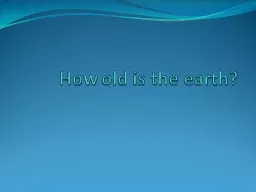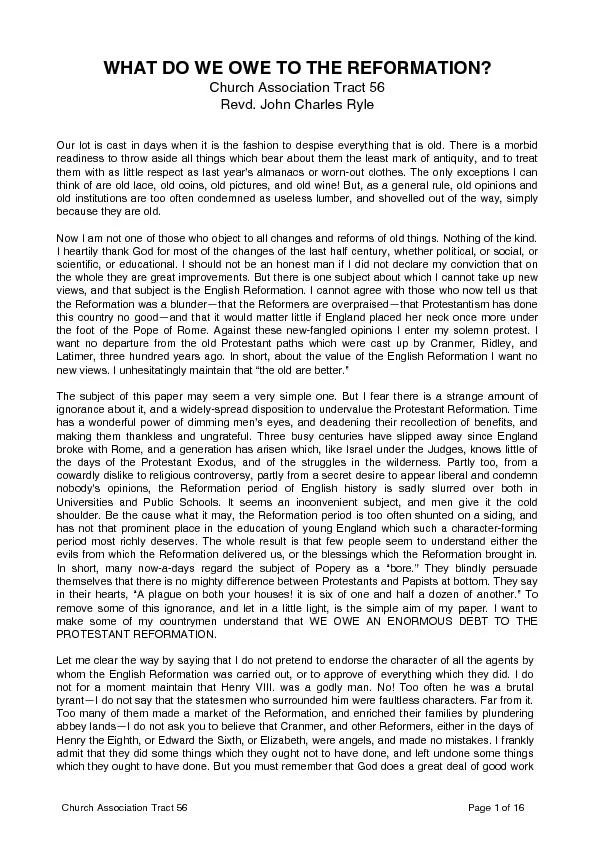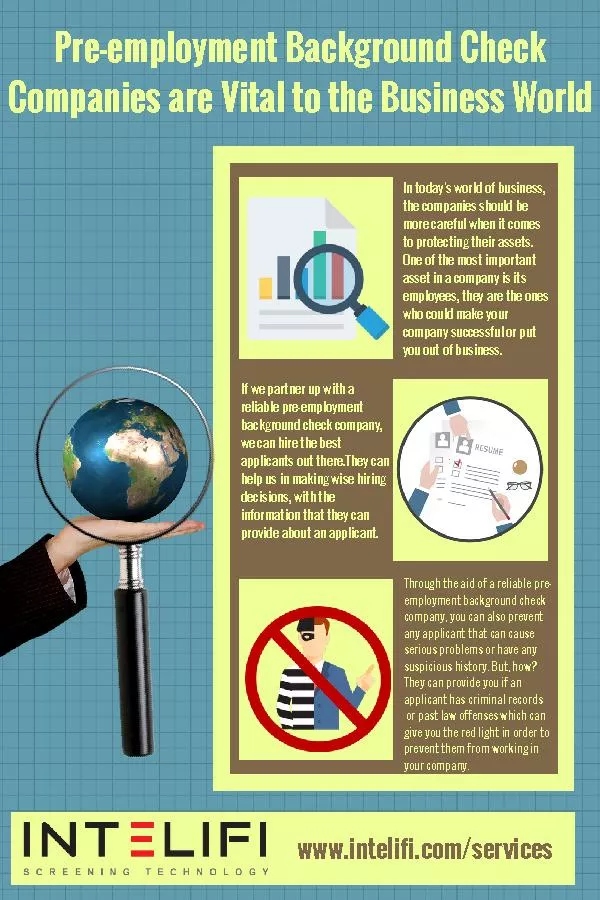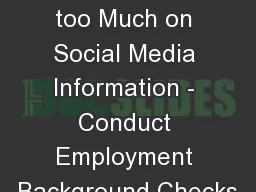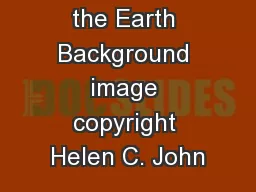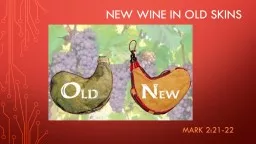PPT-How old is the earth? Some background...
Author : debby-jeon | Published Date : 2018-11-21
A literal reading of Genesis 1 leads to a conclusion that the earth was created in six days If genealogies lists of names and descendants are added up this took
Presentation Embed Code
Download Presentation
Download Presentation The PPT/PDF document "How old is the earth? Some background..." is the property of its rightful owner. Permission is granted to download and print the materials on this website for personal, non-commercial use only, and to display it on your personal computer provided you do not modify the materials and that you retain all copyright notices contained in the materials. By downloading content from our website, you accept the terms of this agreement.
How old is the earth? Some background...: Transcript
Download Rules Of Document
"How old is the earth? Some background..."The content belongs to its owner. You may download and print it for personal use, without modification, and keep all copyright notices. By downloading, you agree to these terms.
Related Documents

